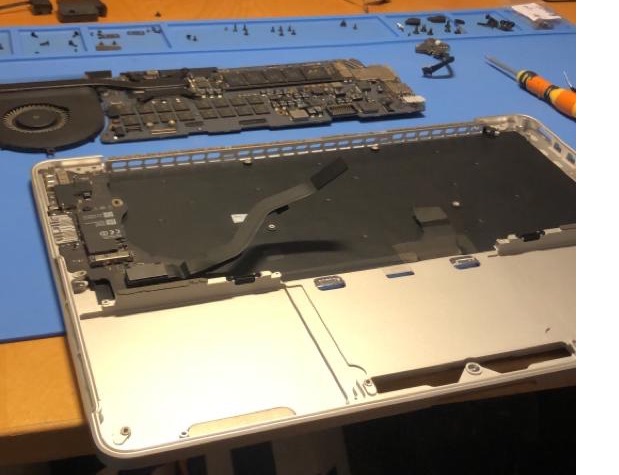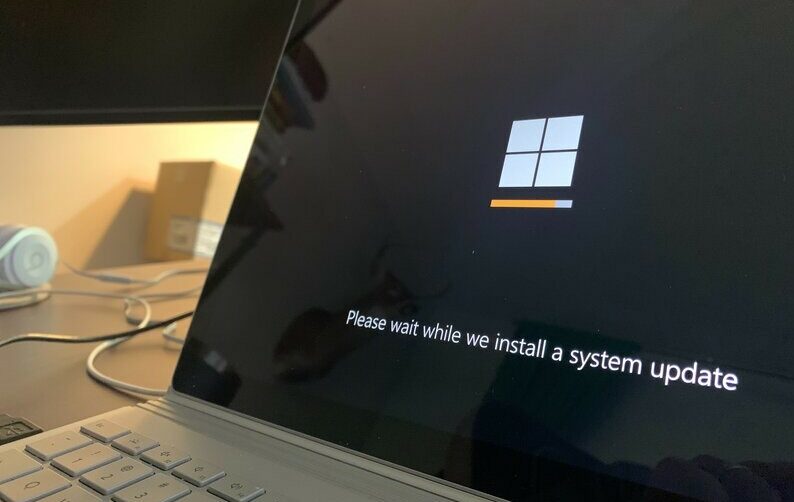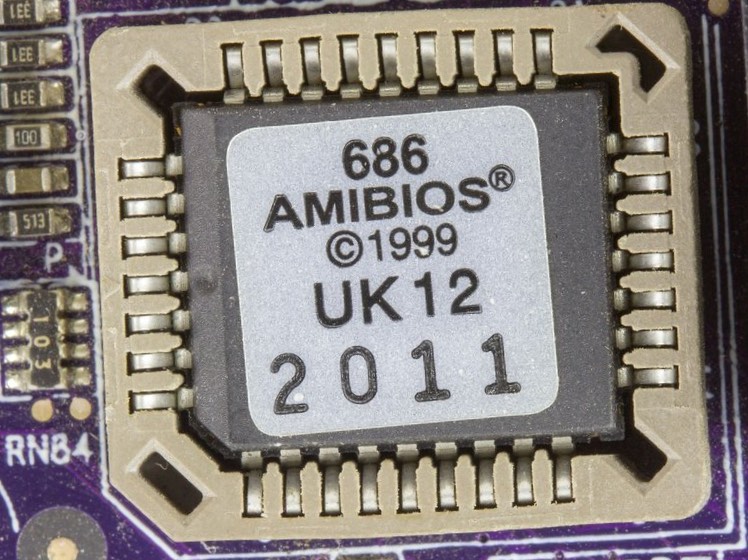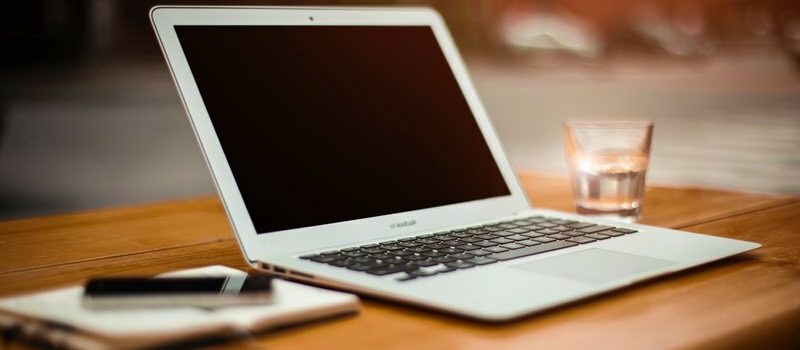Why laptop battery says 100 but dies when unplugged? This problem is popular and can happen to everyone. We understand that this issue is extremely annoying, especially when you’re working with your laptop. Causes can come from technical issues, while sometimes external factors lead to this inconvenience.
This article will help you explain why a full battery shuts down when unplugged. We also provide many practical solutions that will help you cope with this problem efficiently.
Contents
Why Laptop Battery Says 100 But Dies When Unplugged?
Faulty Battery
One of the most common causes is a faulty battery. Just a few people can realize when their batteries have problems. It’s understandable because they lay in a hidden position in which you can rarely fix them yourself.

If the full battery dies after you unplug the adapter, it may be the first sign of a faulty issue. It might not work in the right way due to its malfunctions inside.
Additionally, the batteries can show that they are fully charged, but indeed the electrics cannot reach through the adapter. Your laptop still gets the charging mode, but somehow, it’s the fake signal. You will need to inspect it if this issue happens more than once. So, make sure you know how to check laptop battery wear levels!
Windows 10 Upgrade Or Update

If you’ve just got a new update on the laptop or upgraded your operating system to Windows 10, it can cause this problem. Explanations are still unknown but many users confirm that their battery suddenly shuts down without plugging in.
Therefore, your device might not be the exception. Make sure to check your recent update and read some solutions below to remove this issue.
PSCB Problem
The main and perhaps the most popular cause will be the PSCB – Power Supply Circuit Board on the motherboard. It means that the PSCB is faulty and cannot generate enough power promptly to drive the motherboard and the installed components.
How To Stop Your Laptop From Shutting Down When Unplugged?
Here are some ways that can help you solve this problem!
Changing Power Management Settings
Sometimes, when your system shuts down after it is unplugged, the reason may not come from a faulty driver or battery. Perhaps your operating system’s Power Management settings lead to this issue. Fortunately, it is easy to modify.
Firstly, you need to press the Win + R keys to open the Run utility. Next, type the command “powercfg.cpl” and press Enter. When you see the Power Options window, go to your selected power plan and click on the “Change plan settings” to open a new page.

After that, choose the “Change advanced power settings” option. This will show a new window where you can see different power consumption choices. While the next window appears, choose “Change advanced power settings”.
This action will open another window “Processor power management” where you need to magnify the Maximum processor state. Then, you adjust the value for “On battery mode” to 25% and activate the Adaptive brightness. Finally, turn off your laptop and try to boot it with the power unplugged.
Reinstall Battery Drivers
Sometimes, the faulty drivers make your system turn off after unplugging the power cord. In this case, you need to reinstall, even uninstall the drivers. Remember to shut down your device, get rid of the cord and the battery before starting the process.
Now, plug the cord and restart your laptop. When it finishes restarting, press the Win + R keys to open the Run utility and type the command “devmgmt.msc”. Then, tap Enter, and you will see the Device Manager. In this field, find the “Batteries” driver and magnify it.
Next, right-click on the “Microsoft ACPI-Compliant System” driver and choose the “Uninstall device” option. When the process is done, turn off your device, remove the cord and then attach the battery.
Now, attach the cord once again and turn on your device. This step will automatically install the drivers right after your system boots.
Run Power-Troubleshooter
Running the Power troubleshooter is also advisable and efficient for this problem. Firstly, go to Settings, hover your mouse to Update & Security and choose Troubleshoot. Next, find the “Power” option from the given list and click on it.
Then, press the “Run the troubleshooter” button to run the Power troubleshooter. When the troubleshooter process finishes identifying the issues, follow the instructions displayed on your screen to resolve them.
Power Reset Your Laptop
Furthermore, you can try to fix battery errors by decreasing the power stored in the hardware. It’s similar to the Hard Reset or Power Reset. To perform a hard reset, first shut down your Windows. Then, unplug any peripheral devices connected to your laptop.
Unplugging the power cord and removing the battery are also compulsory to ensure the safety and efficiency of the process. Next, hold the power button for 15 seconds until you see the power light blinking briefly. Finally, reconnect the cord and restart your system.
Updating BIOS
Updating the BIOS is an efficient way to fix the issue. However, BIOS is a sensitive part of your laptop. Therefore, you must be careful when adjusting something in the BIOS. If you don’t know much about it, you should not apply this solution and move to other ones instead.
But if you are good at the BIOS, why don’t you try it? Remember to keep your laptop plugged in during this installation process. You need to press the Win + R keys first to see the Run dialog box. Next, type the command “msinfo32” and tap Enter. When you open the System Information, find a search field on the bottom and search for the BIOS version on your device.

Then, click on Enter to see the version of the BIOS and look for your manufacturer’s website on the Internet. Here, download the latest version of BIOS on your device. Double click on the downloaded folder, find this file and install the new BIOS version. After that, restart your laptop to apply the modifications.
Changing The Battery
If none of the above solutions work for you, it’s time to get a new battery. In this case, the old one completely dies and needs to be replaced. Ensure that you know how to find your laptop battery model number so that you can get an original model from the manufacturer you bought before. Otherwise, it may not operate properly and still causes charging problems to your laptop.
Conclusion
This article has provided you with all possible reasons why the laptop battery says 100 but dies when unplugged. No matter what it is, you probably know how to deal with this issue with our six recommendations above. Hopefully, you will find the best solution for your laptop’s battery and get rid of this annoying problem.

Paul Sullivan is the leading writer for articles on our website. He has over 10 years of experience as a technology reviewer, especially on laptops and computers.
With his long experience, we believe that he will bring you accurate and valuable knowledge and assessment.


